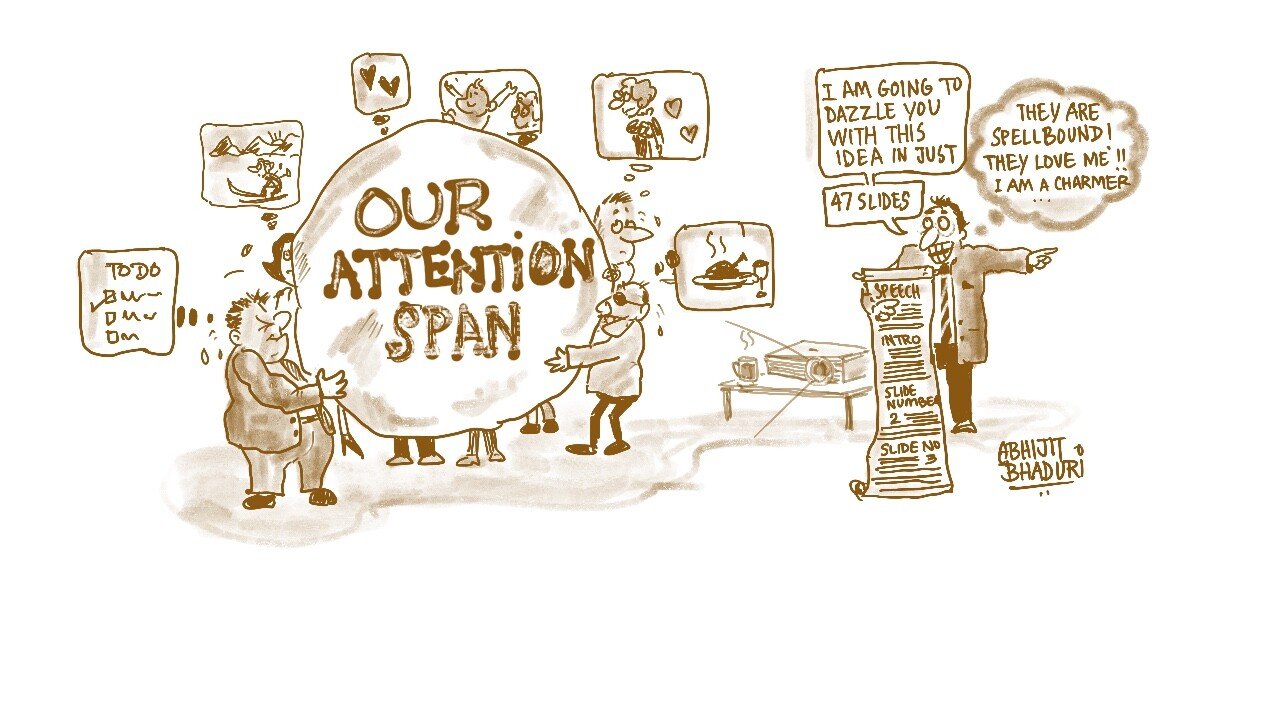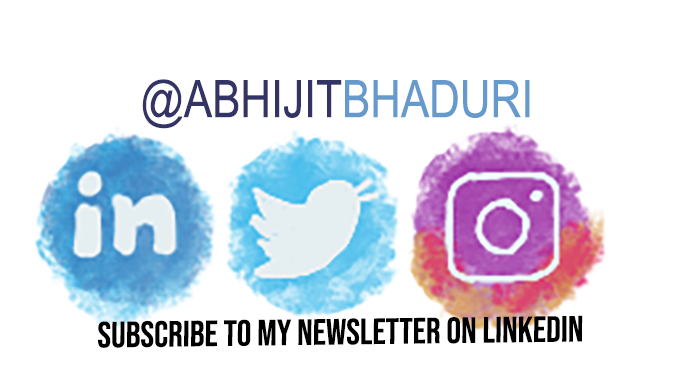Why do we HATE presentations BUT LOVE stories
A presentation is set of slides that the speaker reads through. The audience uses this time to do email and read through WhatsApp forwards. Stop doing presentations and become a storyteller.
Storytellers care about the audience
The presentation is all about the slides and information. The presenter has a set of slides and will read through them all, no matter what it does to the audience. The result is a tsunami of boredom that makes the audience tune out.
The first step towards being a storyteller is to get obsessed with what the audience needs. I did not say obsess about what they want. A need is an itch that desperately NEEDS to be scratched.
Storytellers are AUDIENCE OBSESSED1. Find the Problem-Content fit
Entrepreneurs looks for a product-market fit before they launch a product. They want to find out if the market is ready to adopt the new idea. The Danone dairy business shut down due to the poor market share in India. While products may have a year or two before they accept their failure, the presenter has only a few minutes to discover if the story has connected with the audience.
Here is what you must do BEFORE you start crafting your presentation:
Write down ONE REASON WHY the audience NEED will be met with your ideas.
Do the MARKET RESEARCH BEFORE you start making your slides. Understand what they already know or believe about your topic. Listen for key phrases that they use.
Your idea will COMPETE FOR ATTENTION (with their mobile). Obsess about simplifying your idea.
2. The slides are not YOUR script
Never read what is written on your slide. The audience can read the content on the slides faster than the speaker. The catch up time the speaker needs disengages the audience.
The slides are NOT MEANT FOR THE SPEAKER. They are meant for the people your audience will share your content with.
The content on the slides must help your audience recall the talking points when they excitedly share the idea you shared with them.
Think about what will make them sit up and listen to every word you say. Engage before you inform.
Sometimes a visual does the trick. Sometimes a word can do the trick. I use Sketchnotes.
3. Stories have a structure
"A story should have a beginning, a middle and an end, but not necessarily in that order."
- Jean-Luc Godard
Slides convey information and data. Stories build the reason why someone cares about that statistic or data.
This is really about making your presentation personal and explaining why the content matters to you.
What can you say, do or demonstrate to make this time spent with the audience UNFORGETTABLE.
Stories have a conflict that must get resolved. The audience must care about the resolution of the conflict.
Here is a podcast I recommend. The sketchnote summarises some key take aways from this podcast.





